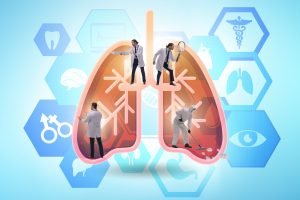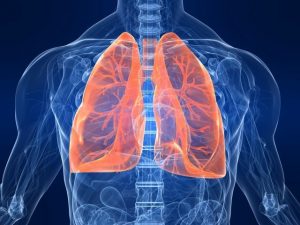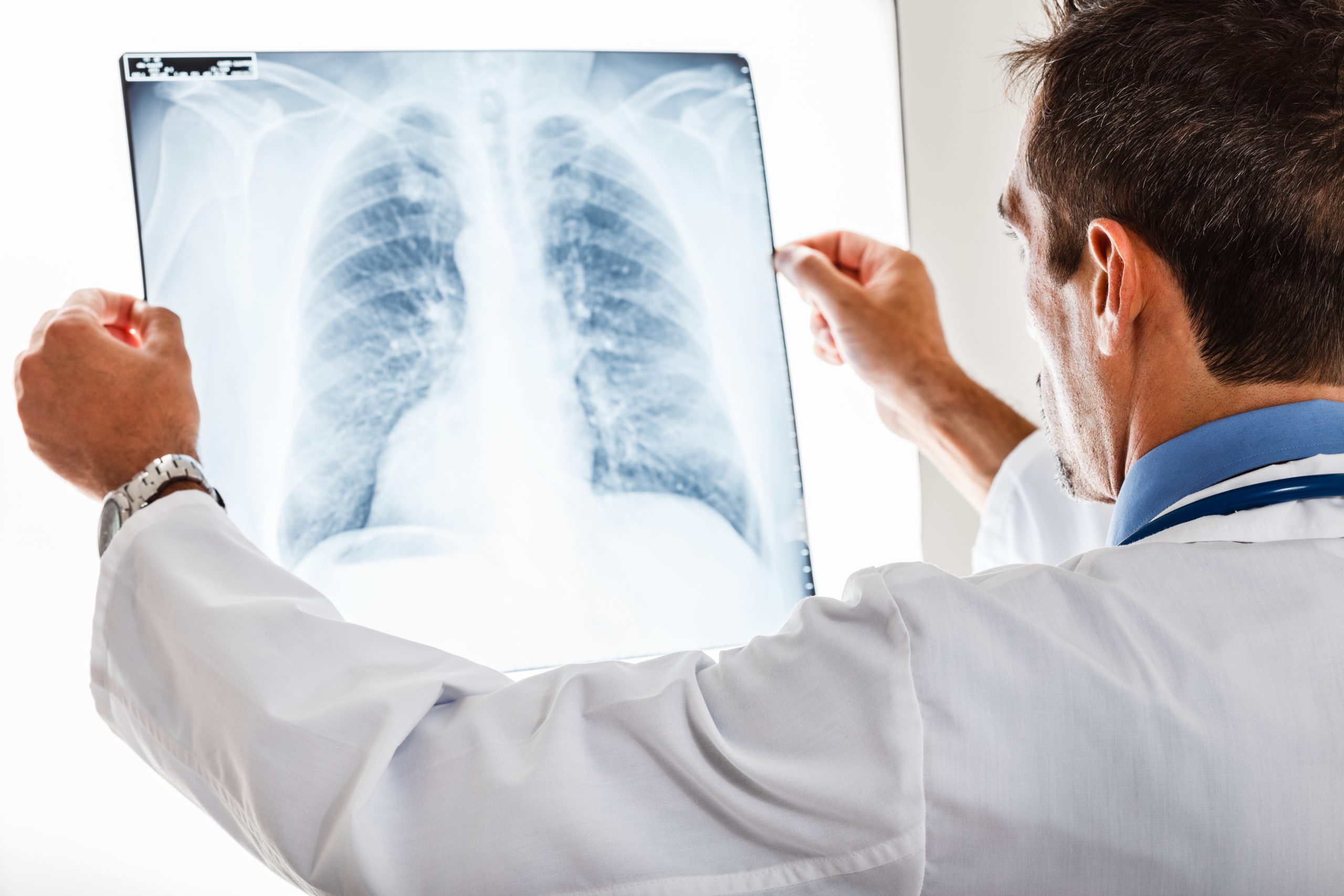Oxygen saturation, a key Covid-19 symptom, is now being estimated remotely from a camera thanks to research from UniSA engineers Professor Javaan Chahl, Dr Ali Al-Naji and their team of graduate students.

AI health monitoring software developed by the team this year, and licensed to North American drone company Draganfly Inc, already detects temperature, heart and breathing rates from drones and fixed cameras.
Technology developed under the research project is already being used widely in the US to monitor for Covid-19 symptoms and ensure social distancing compliance in a range of environments.
The contactless sensing technology takes just 15 seconds to measure heart rate, breathing rate and now blood oxygen levels from webcam video of a person’s face, while also measuring core temperature using a thermal camera.
Also known as SpO2, blood oxygen saturation is a measure of how well the lungs absorb oxygen and the circulatory system transports oxygenated blood.
“An individual’s SpO2 level is usually measured using connected sensors that project light through a finger or earlobe and, until now, there has been no real means to make a non-contact assessment,” says Professor Chahl.
“In this pandemic, a low SpO2 level has risen to prominence as an important symptom of individuals with Covid-19.
“The blood oxygen gauge our team has developed for Draganfly’s Vital Intelligence project shows the enormous potential of streaming video for remote detection of many health conditions, not just COVID-19,” he says.
Draganfly CEO, Cameron Chell, says the technology developed by UniSA researchers is unique.

“There is nothing else like it out there in the commercial marketplace that has the science behind it,” Mr Chell says. It is third party reviewed, clinically researched, university built and designed technology. It is a gamechanger in telehealth and overall health security in our society.”
Dr Al-Naji and Prof Chahl, DST Group Joint Chair of Sensor Systems at UniSA, have previously demonstrated the value of monitoring vital health signs from fixed cameras via contactless monitoring to reduce the risk of infection in neonatal wards, replacing adhesive electrodes.
Their work to develop specialised sensor and computer vision systems to remotely monitor temperature, heart and respiratory rates was originally envisaged for war zones and natural disasters to detect signs of life.
The technology has also been successfully trialled to undertake basic health checks of exotic wildlife using a digital camera, saving them the stress of an anaesthetic.








